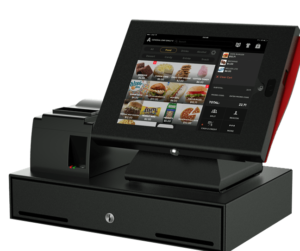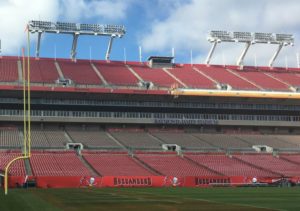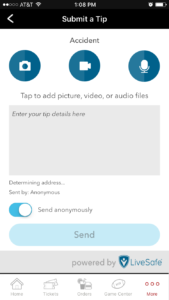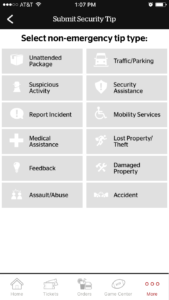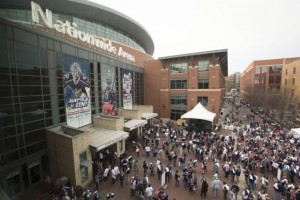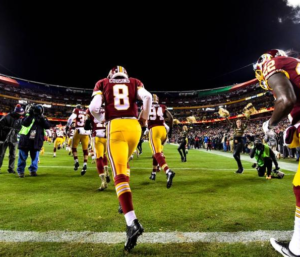Ever have something you wanted to share or an opinion you wanted to voice about the stadium technology marketplace but never thought there’d be a place for it to be seen or heard? That changes now with our introduction of the Mobile Sports Report “Voices of the Industry” feature, which is now open for submissions.
Here’s how it works: If you have an opinion, whether it be of a technical, deployment, business or fan experience nature, simply send it to me via email to kaps at mobilesportsreport.com. If it is interesting and of worth to our community, we’ll print it on the site, ensuring your elevation to smart-person status and making you the envy of your peers.
Seriously, in conversations over the last year I have heard many of you voice interesting opinions and takes on many different topics, and over time I have thought it would be great to surface those conversations here on MSR, instead of having such missives lost in the general noise of social media platforms. So even if you just have an idea, maybe something not fully formed, shoot me an email or give me a call to see if I can help get your idea wider dissemination.
To be very clear: This is NOT intended to be an outlet for paid or corporate “contributions,” which several folks have asked about submitting. As we’ve stated many times in the past, MSR does NOT accept paid posts or commercial content contributions, and you do NOT need to be affiliated with an MSR sponsor to contribute.
Our content is 100 percent editorial in nature. And it will remain that way.
That being said, if a representative or smart person who works for an equipment manufacturer or software provider wants to talk about interesting new technology or deployment schemes, go ahead and send us your thoughts. Since the feature will be free and open to all comers, MSR retains the right to edit, approve or disapprove any submissions. We’ll operate mainly under the “Jim Rome” rule, which basically says, “Have a take and don’t suck.” One more rule is that all submissions must have a name and title for attribution — no anonymous contributions allowed.
So — have some thoughts on the best way to test AP deployments? On why DAS is enough for stadium coverage? About whether under-seat or overhead is the best way to get things done? Let us know and let the discussions begin.
